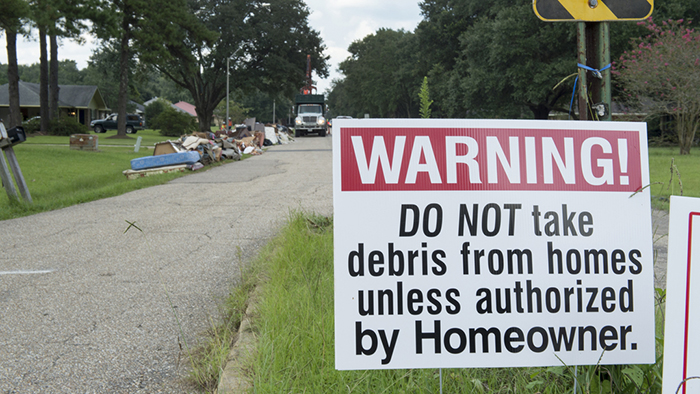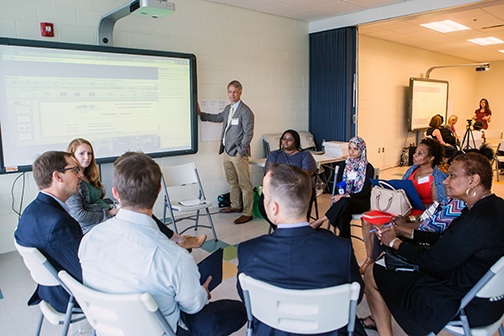

Louisiana State University (LSU) Health New Orleans-led research reports that the key to improving community resiliency following disasters is a dynamic partnership between community-based organizations and public health agencies established pre-disaster. The results are published in the American Journal of Public Health.
“Promoting community resilience to disasters has recently become a national public health priority,” notes Benjamin Springgate, MD, MPH, Chief of Community and Population Medicine at LSU Health New Orleans. “This is especially important in South Louisiana, at risk for both natural and man-made disasters, and its vulnerable populations.”
The Community Resilience Learning Collaborative and Research Network (C-LEARN) is a multiphase study examining opportunities to improve community resilience to the threats of disaster in South Louisiana. Although community and faith-based organizations are trusted and often fill vital roles when local, state or federal response to disasters is delayed or inadequate, members of these organizations feel that local health authorities do not include them in pre-disaster planning.
During Phase I of the study, the researchers interviewed 48 participants from 12 parishes who were employees or volunteers at community-based organizations focused on health, social services or community development. Participants represented 47 agencies that provide primary care, housing and homelessness services, social services and advocacy, faith-based services including spiritual, social and cultural needs, consulting, funding and education. Key themes included maintaining continuous, effective communication and year-round network building; forging pre-disaster strategic partnerships; providing appropriate education and training; and building an integrated system that enables rapid disaster response.
“Many of those we interviewed do not specialize in disaster management, yet their firsthand experience in disaster response after hurricanes Katrina and Rita, the BP Oil Disaster and the 2016 Great Flood in Baton Rouge offered invaluable insights,” adds Dr. Springgate, who is also the principle investigator of C-LEARN.
One of the new insights participants revealed was that preventive coordination of community members, faith-based organizations, nonprofits, academic institutions, hospitals, police, public health services, neighborhood associations and government agencies contributes to planning and response systems that react to disasters quickly, equitably and effectively.


“By strengthening interagency relationships between sectors, we are now conducting Phase II of our Community Resilience Learning Collaborative and Research Network study testing whether agencies are better equipped to support each other and address their communities’ diverse needs,” says Springgate.

